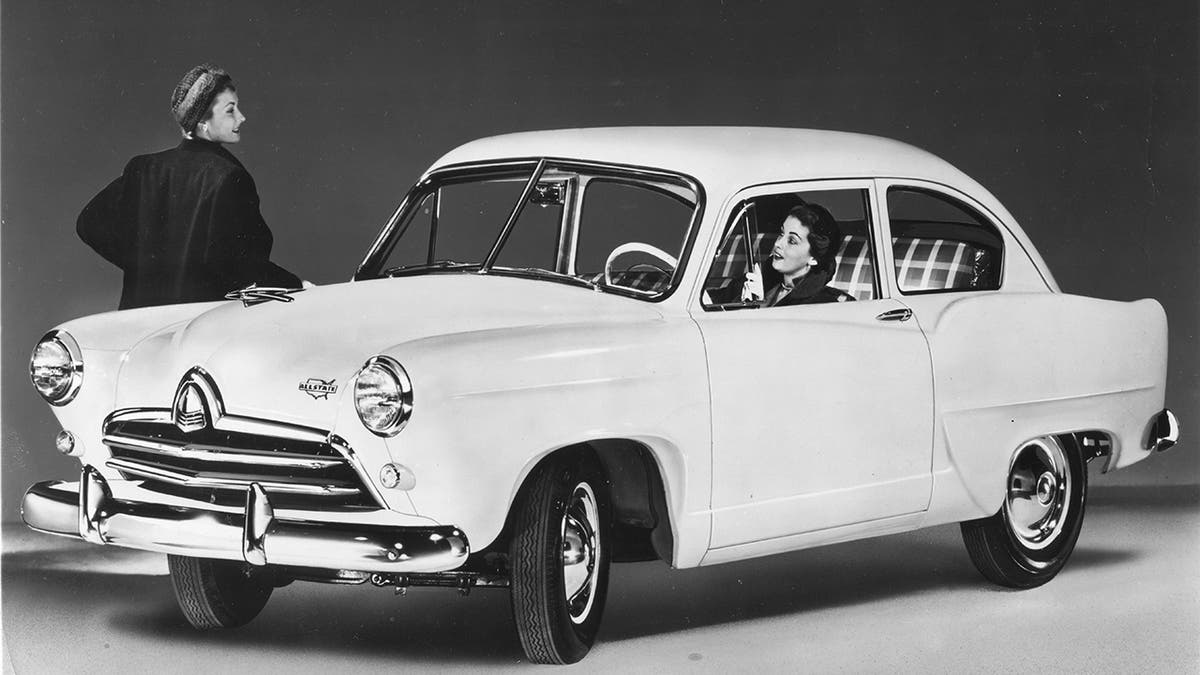
(RM Sotheby's)
Sears is on the verge of going out of business for good, according to reports, which means any hope of it getting back into the car business is likely over, too.
Not that anyone was expecting it to, beyond parts and service, but there was a time when it sold a Sears brand car through its catalog.
The Sears Motor Buggy was launched in 1908, the same year Ford started selling the Model T.
One turned out to be slightly more successful than the other.
The base price for a Motor Buggy was $395, and a model without a roof or fenders was offered for $370. Oil lamps could be replaced by then-high-tech acetylene lights for $12.95.

The cars were manufactured by the Lincoln Motor Car Works and powered by a two-cylinder engine with 10 hp that gave them a top speed of just 25 mph.
“We do not believe that the average man deserves to go whirling through the country at 40 or 50 miles per hour,” Sears proclaimed in advertisements for what it pitched as a practical car guaranteed to “run through mud, sand, over ordinary city and country roads and take all reasonable hills.”
Cars were delivered with some assembly required and a gallon of oil. Customers just had to screw it together and add gasoline. There weren’t many of them.
According to RM Sotheby’s, Sears sold just around 3,500 of them through 1912, when it discontinued the vehicle, admitting it lost money on every one. The tally was a far cry from the over 15 million Model Ts eventually built by Ford.
The few remaining Motor Buggies are worth a fair bit more today, with fully-restored examples selling at auction for up to $35,000.

(Getty Images)
It wasn’t the only time you could find a car in the Sears catalog, however. From 1952 to 1953 the retailer collaborated with Kaizer-Frazer to offer a version of its Henry J sedan called the Allstate for a starting price of $1,528.
It didn’t fare much better than the Motor Buggy, though, as only about 2,400 were sold.



















